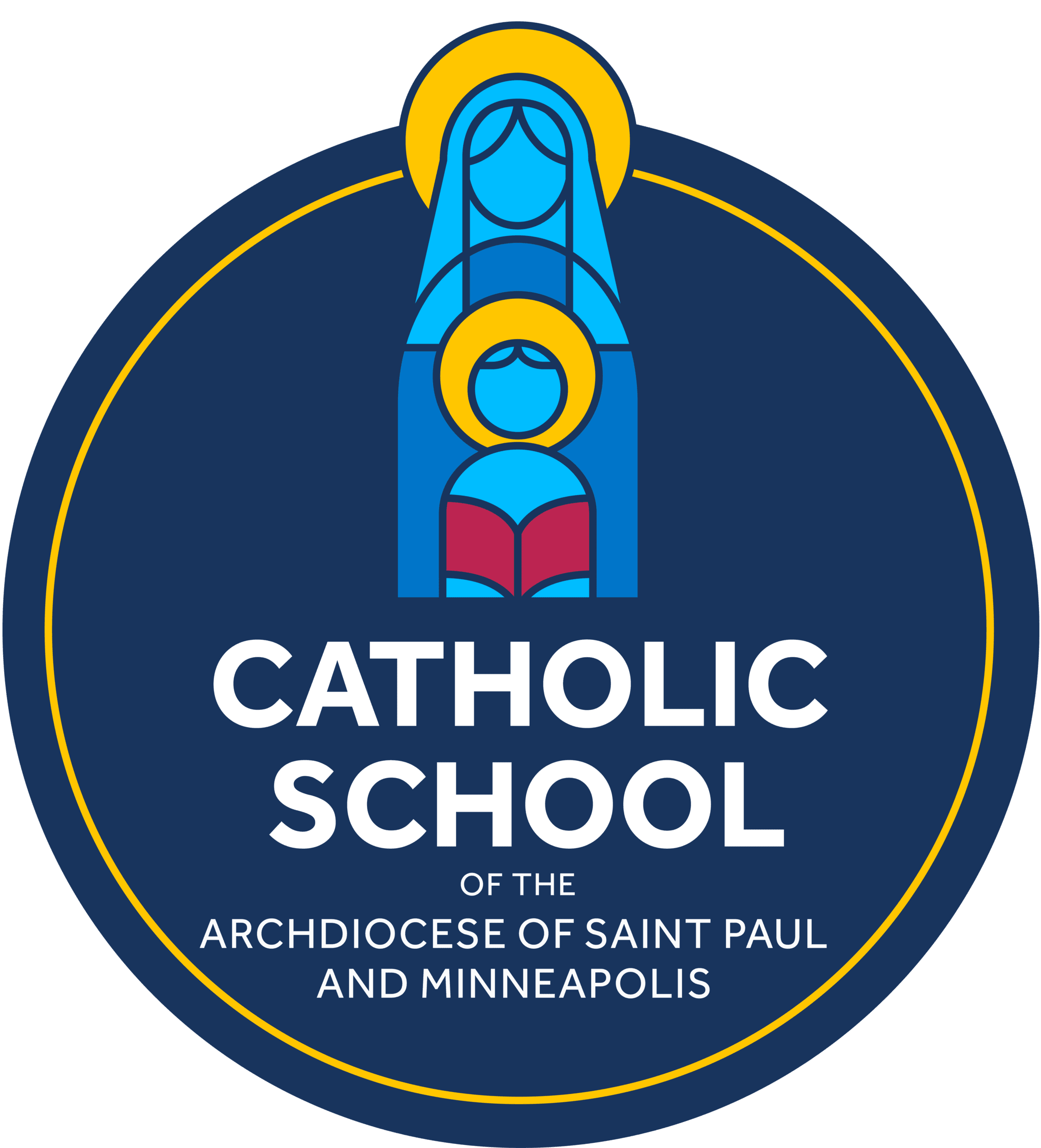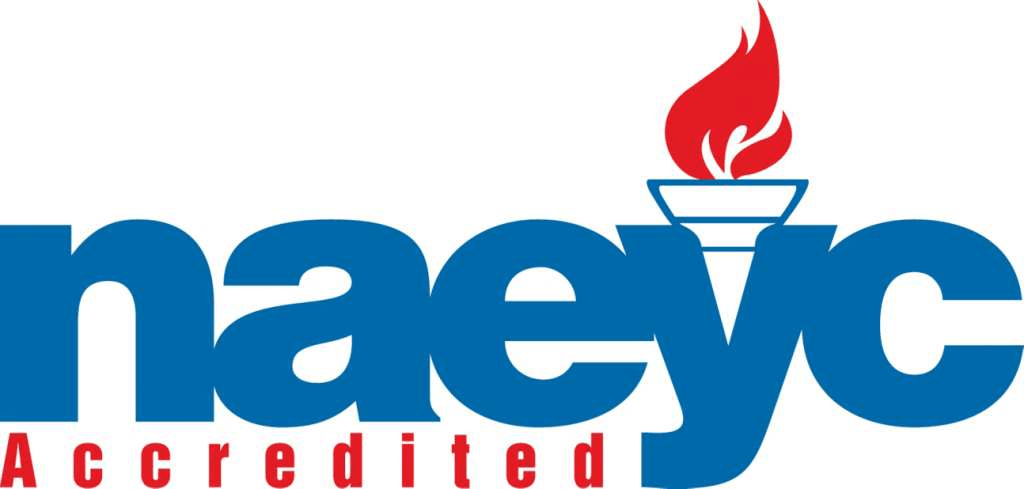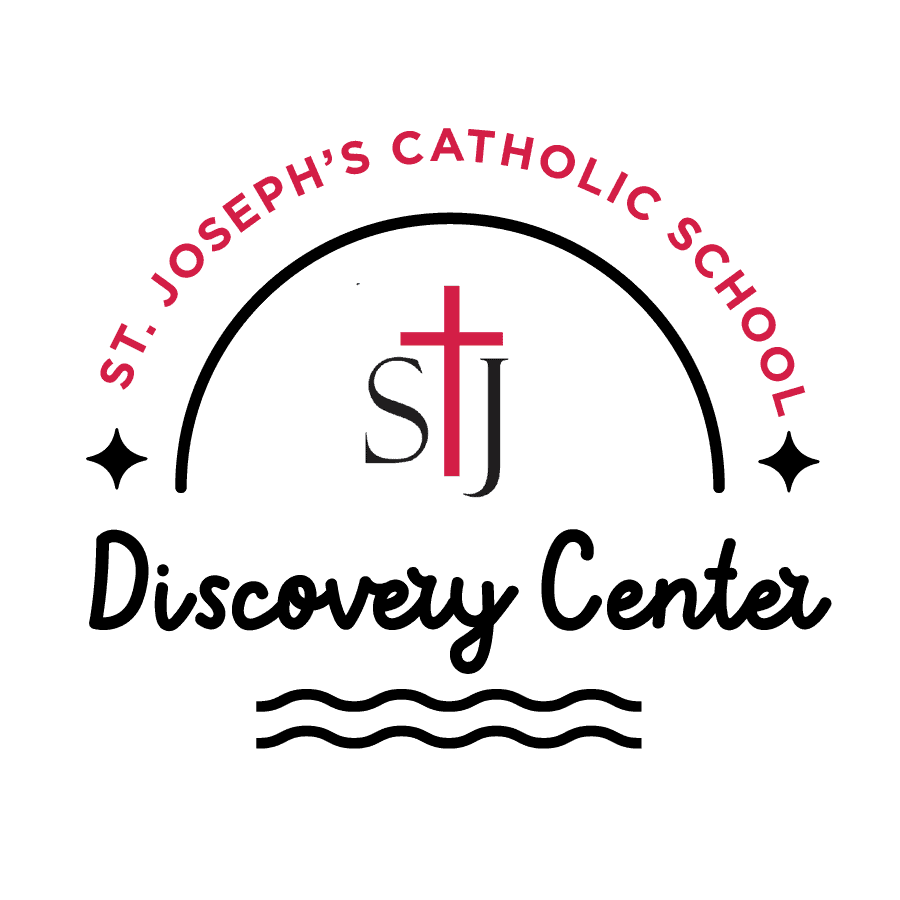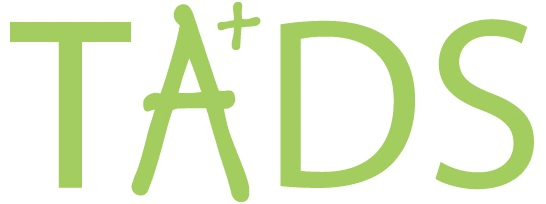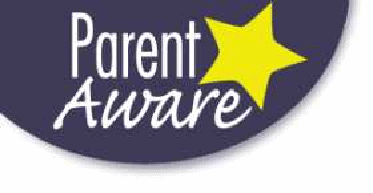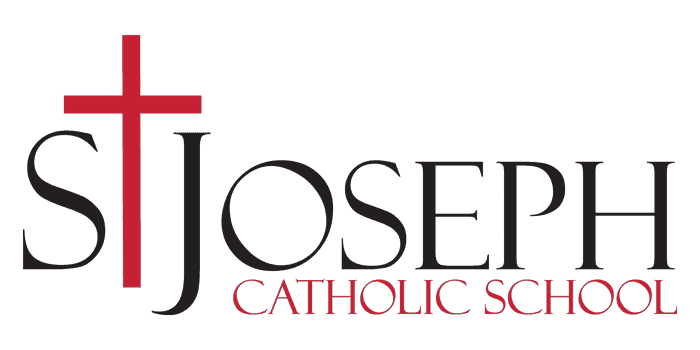In sixth grade, students are more accustomed to the academic and social demands of middle school. They continue to develop their sense of self and independence. Students build organizational and time-management skills as they progress through the school year. Creative and collaborative opportunities for growth arise for students in all classes, building upon the adolescent need for socialization and developing key twenty-first century communication skills.
Faith class in sixth grade begins by focusing on understanding important aspects of the Old Testament. Students learn about key Biblical figures, events, and traditions. There is a special emphasis on the covenants established between God and His people throughout salvation history. Additionally, throughout the year, students learn about key elements of the New Testament and modern events in Church history – such as Marian apparitions, devotion to Divine Mercy, revelation of Jesus's Sacred Heart, and the lives of saints like John Paul II, St. Thérèse, St. Maximillian Kolbe, and St. Faustina. During the class, applications of The Faith to everyday life are made and ideas for further growth are shared.
School-wide, science is covered with a different focus each trimester, and the sixth-grade units are as follows:
- Exploring Planetary Systems is the fall Earth science unit that "helps students clarify and expand their knowledge of our solar system, and Earth as a planet, through a series of activities, discussions, presentations, and reading selections" (Carolina Science, 2014). Students learn about planets, moons, asteroids, comets, and meteoroids. They also create a visual presentation of a space object of their choice as a unit project.
- Physical science units are covered in the second (winter) trimester of the school year. The Investigating Circuit Design unit "provides students with a hands-on introduction to electricity and circuits. By building their own circuits and using them to light bulbs, power fans, and function in other prescribed ways, students are able to explore the idea that circuits provide a way to transform electrical energy into sound, heat, light, or kinetic energy" (Carolina Science, 2014).
- In the third (spring) trimester, the Biodiversity and Interdependence unit "introduces students to the structure, function, and diversity of living things" (Carolina Science, 2014). Discoveries are made about survival, reproduction, heredity, and identifying organisms.
- In January and February, students participate in the C-STEM fair. Students come up with original science or engineering-based project ideas that follow either the scientific method or engineering design process. Students first research the concepts and then either perform an experiment or construct their project in order to solve the problem that they have stated. Students are judged, and those with the top projects have the opportunity to move on to an archdiocesan-wide STEM fair.
- The main field trip for fifth and sixth graders happens every other year so that each class goes once. Students spend two days and nights at Eagle Bluff Environmental Learning Center in Lanesboro, accompanied by teachers and parent chaperones. This is an awesome opportunity for students to bond while participating in outdoor education!
Middle School Technology Consists of the following:
- One-to-One computing with iPads (grades 5 & 6) and laptop PCs (grades 7 & 8)
- Keyboarding Skill Development via typingclub.com
- Course-specific technology skills (word processing, spreadsheet, power point, etc.)
- Progressing through the Smart Lab curriculum.
- Use of cloud-based computing via Office 365 and Google G-Suite.
- Coding via the CS First Curriculum, which incorporates the Scratch programming language.
Project Based Learning (PBL) is C-STEM is a collaborative learning course which utilizes the Defined Learning curriculum. The projects on which our students work each have a career focus and revolve around real-world questions.
PBL allows us to activate and apply the 4 C's of learning: creativity, communications, critical thinking, and collaboration in meeting 21st-century learning needs. More importantly, our students learn how to work together in groups to achieve a goal and take responsibility for their group's performance.
The engineering design challenges present in PBL allow us to go even further in preparing our students for the future. Through a collaborative design process, students develop skills such as: creating effective presentations, making scale drawings, navigating organizational dynamics, designing product prototypes, testing design models, budgeting, marketing, and exploring the role our faith can play in solving real-world problems.
Upon successful completion of 5th grade math, students enter Math 6. Topics discovered include the following among others: number sense, fractions and decimals, algebraic expressions, area and volume, ratios, integers, equations and inequalities, data analysis and displays. The textbook used in Math 6 is titled Big Ideas Math Green.
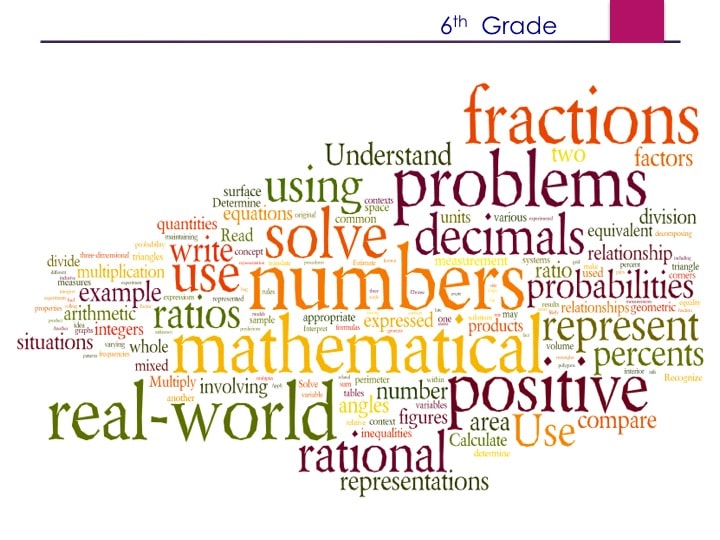
Expeditionary Learning Curriculum (Reading/Writing)
Language arts students in the sixth grade use the "Expeditionary Learning" curriculum, a comprehensive reading and writing program which is skill-based and fully aligned to state and national academic standards. Students progress as a class through four learning "modules" throughout the year, each consisting of three units and overarching essential questions and themes with real-world connections. These modules feature central texts (books, articles, poems, and speeches) which students analyze in-depth and use to practice targeted skills. Special emphasis is given to using textual evidence in analysis, making inferences while reading, and determining vocabulary in complex texts. Each module progresses through a standard sequence:
- Building Background Knowledge (Unit 1)
- Extended Reading and Research (Unit 2)
- Extended Writing (Unit 3)
In sixth grade, students begin the year with a study of mythology, its purposes, and elements. Rick Riordan’s Lightning Thief is read, and students explore “The Hero’s Journey” archetype by writing a story of their own. Next, students consider “Rules to Live By” by reading the novel Bud, Not Buddy, Steve Jobs’ 2005 commencement address at Stanford University, and Rudyard Kipling’s memorable poem “If.” Author perspective is studied in Module 3 as students read Mark Kurlansky’s World Without Fish and Carl Hiaasen’s Flush. This module also focuses on ocean conservation and the impact of human activities on life in the oceans. Finally, in Module 4, students form opinions and craft arguments while studying the benefits and harmful consequences of the pesticide DDT. Jean Craighead George’s novel Frightful’s Mountain serves as the central text, though students also read informational texts and watch videos to gather evidence. Focused writing assignments, both creative and analytical, are embedded in these modules and focus on research and supporting ideas with text-based evidence. In addition to reading the class central texts, students also read widely as they meet independent reading requirements in a variety of genres each trimester.
Grammar (Grades 6-8)
- NoRedInk
- Interactive online program
- Explicit, systematic grammar instruction
- Students practice topic until mastery is achieved
- Weekly practice with subsequent assessments
- Topic-by-topic organization of content
- Caught‘ya! Grammar with a Giggle for Middle School: Giggles in the Middle
- Writing and editing practice curriculum
- Sections of a narrative with grammar and syntax errors given to students daily
- Students rewrite narrative sections using correct grammar and syntax
- Grammar rules and solutions introduced in context (students annotate narrative sections)
- Students exposed to high-level vocabulary through daily narrative texts
- Humorous, engaging stories spark student interest
Vocabulary (Grades 6-8)
- Research-based vocabulary program
- Introduces 20 words at a time to help students deepen vocabulary understanding
- Academic vocabulary knowledge is constructed using contextual and definitional information
- Students work with words in multiple contexts and use words to respond to text-based questions
Grade 6- Sadlier Vocabulary Workshop Achieve Level A 2018
Grade 7- Sadlier Vocabulary Workshop Achieve Level B 2018
Grade 8- Sadlier Vocabulary Workshop Achieve Level C 2018
In 6th grade, we immerse students in Minnesotan history with an inquiry-based social studies program designed by the Minnesota Historical Society! Through Minnesota’s Northern Lights curriculum, students have the opportunity to dig deeper into the history and cultures of Indigenous Peoples, immigrants, and the people who make up Minnesota today. Through collaboration, hands-on projects, and guided technology use, students apply their knowledge of the past to the current ever-changing situations around them. For more information, please visit the MN Historical Society’s website at https://www.mnhs.org/northernlights.

